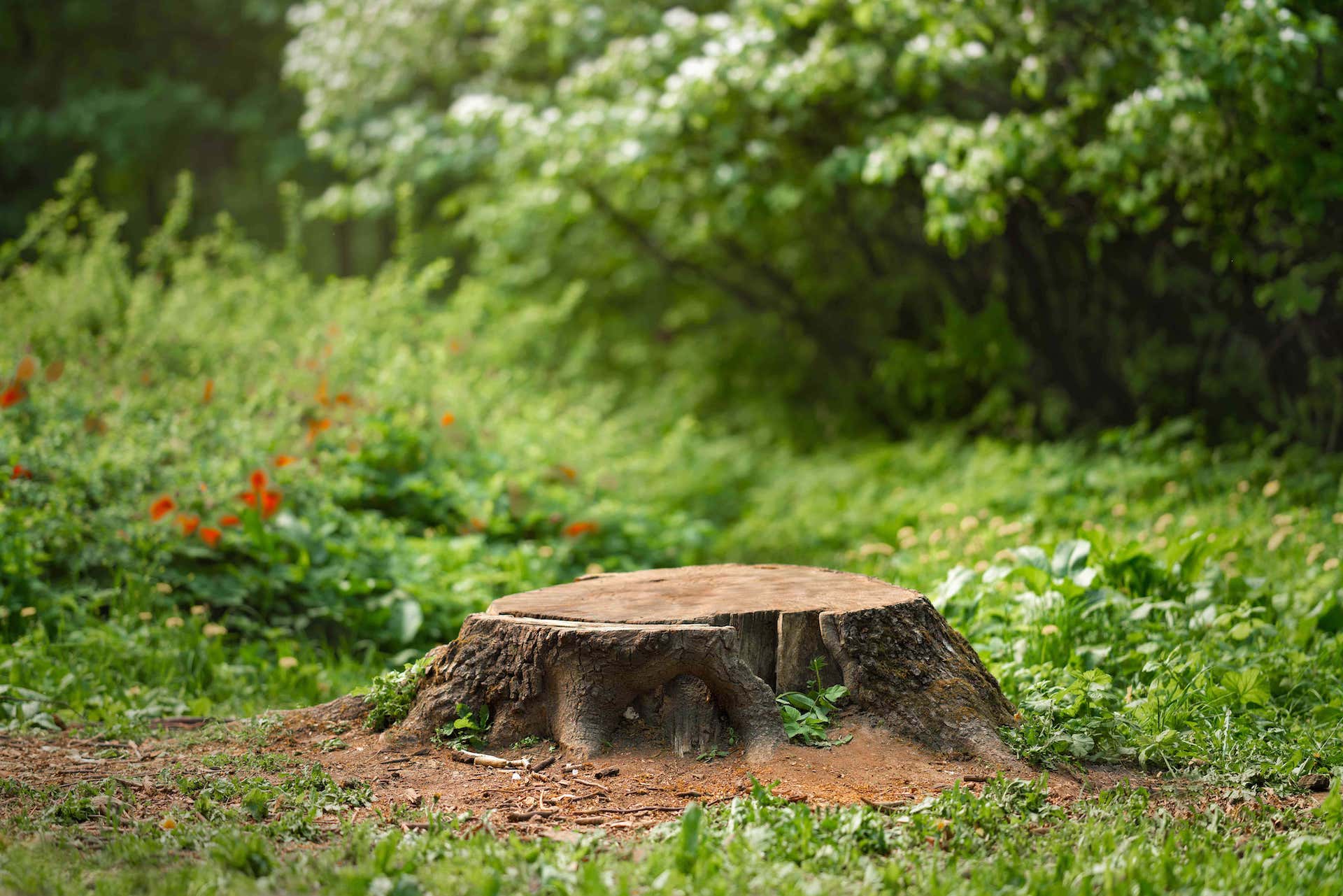
How to Identify and Manage Tree Diseases Early Aug 30, 2025
Understanding how to spot early signs of tree diseases is crucial. One of the primary indicators is changes in leaf appearance. Look for discoloration, spots, or unusual wilting, especially during growth seasons. Such symptoms can often indicate fungal infections or nutrient deficiencies. Be particularly attentive during spring and summer when leaves are vibrant. Changes during this period can provide significant clues about your tree's health.
Next, examine the bark of your trees. Healthy bark is an excellent protector, but when it starts to peel, crack, or display unusual patterns, it may signal a problem. Cankers, which are sunken or dead areas on the bark, often indicate fungal infections. These issues can compromise the structural integrity of a tree, making early detection vital.
Fungal growth on or near your trees is another red flag. Mushrooms, conks, or other fungal formations often hint at internal decay. Their presence suggests that the tree’s health is compromised and that rapid intervention may be needed. In such cases, consulting a professional tree service like TLC Professional Tree Service is advisable. With our expertise, we can accurately diagnose the issue and recommend the best course of action.
Regular inspection of tree roots is also essential. Look for signs of root rot, which often presents as a soft and slimy texture, accompanied by a foul odor. Healthy roots are critical to a tree's overall health, and any sign of root issues should be addressed promptly. Adding mulch around the base can help retain moisture and prevent the temperature fluctuations that stress roots, acting as a preventive measure against disease.
Once you've identified potential diseases, managing them effectively is crucial. Begin with proper pruning, which helps remove infected areas and improve air circulation. This not only prevents the spread of disease but also promotes healthier growth. Pruning should ideally be done during the dormant season to minimize stress on the tree.
Chemical treatments, such as fungicides or insecticides, can be beneficial in managing tree diseases. However, they should be applied judiciously and often under the guidance of professionals to avoid potential harm to other plants and the environment. Our team at TLC Professional Tree Service offers expert advice and treatment options that can be tailored to your specific situation.
Regular maintenance and care are fundamental in preventing and managing tree diseases. Implement a consistent watering and fertilization schedule to ensure your trees receive the nutrients they need. Healthy trees are more resilient and better equipped to fend off diseases.
In conclusion, identifying and managing tree diseases early is an integral part of professional tree service that preserves the beauty and longevity of your landscape. By maintaining vigilance and partnering with experts like TLC Professional Tree Service, you can ensure your trees remain a thriving part of your property. Remember, early intervention is the key to maintaining healthy trees, so don't hesitate to contact us for professional guidance and support.
/filters:no_upscale()/media/3d9c2c69-5eb4-471a-a54a-a4221891f29f.jpg)
/filters:no_upscale()/filters:format(webp)/media/1553eac6-1868-4756-b9c7-d10f3f6a4153.jpeg)